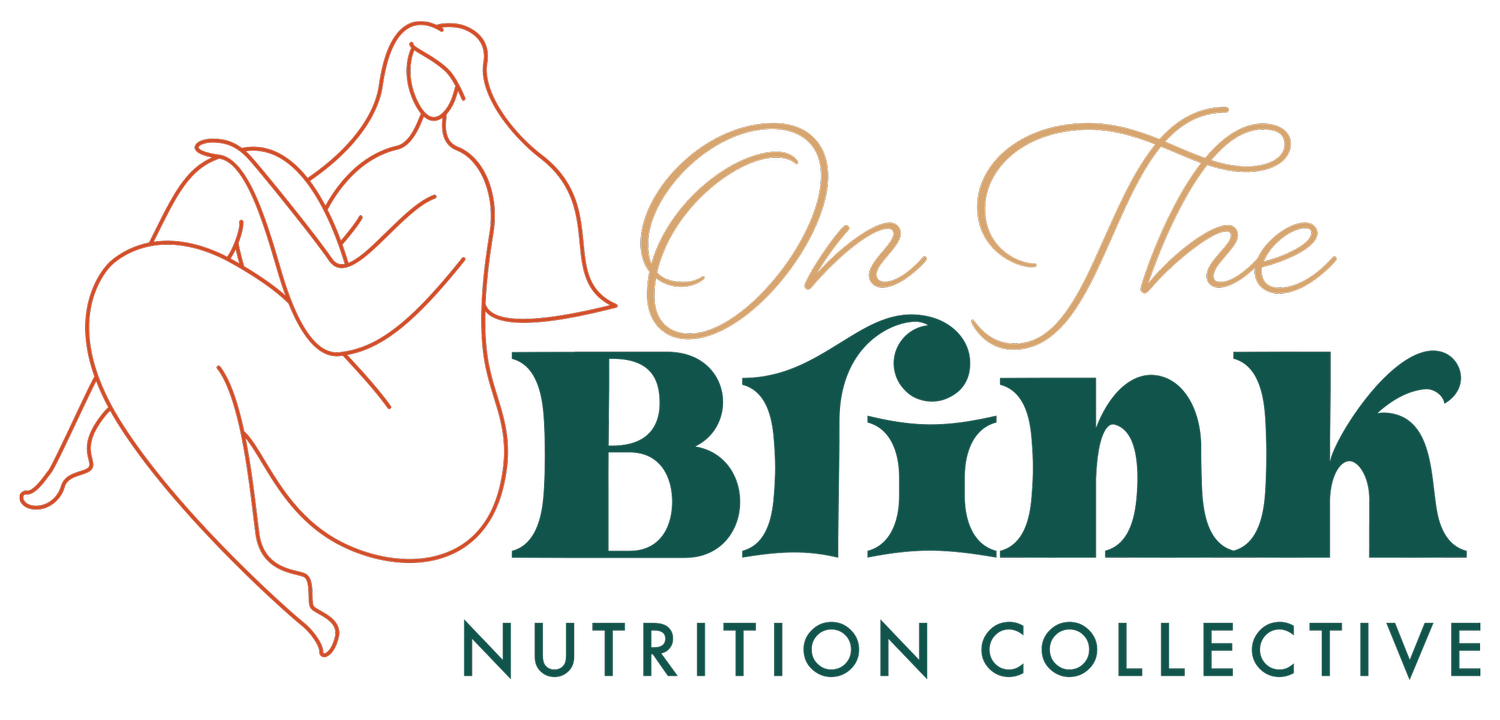The Shape Of Safety
This weekend, many of us may be joining in on gatherings for the first time in over a year. If this is your first time seeing friends and family in person, it makes sense if you have some apprehension.
Perhaps your body has changed in the past year.
If your body has grown in size, you are not alone.
I know mine has.
I haven’t confirmed this by stepping on a scale. I don’t need to. I can see the changes reflected back to me in the mirror. I notice my clothing fitting differently. In fact, I asked for new running (er, walking) shorts for Christmas and requested a size larger than I have needed in the past.
And, people can be careless and cruel when it comes to bodies that have changed in a way that moves them away from culture’s standard of beauty and worthiness.
Two things: (1) Living things (including your body) change. (2) We don’t have as much control over living things (including our bodies) as we are made to believe.
Rather than focusing our efforts on changing our bodies to fit the world’s expectations, what would it be like to change how we care of ourselves in a meaningful way that leads us to true safety, belonging, and dignity?
Here is a practice that may lay the groundwork for healing and transformation in your relationship to your body.
The intention is not to make a plan to change yourself or others, but to see a bigger story and know yourself in a truer way.
Think back to a time when you were the recipient of body shaming:
Name the threat.
My family member/”friend” made disparaging comments about my body.
Notice your conditioned response to this threat
I cringed, got quiet, and responded in agreement or apology (freeze and please). I went home and spent the rest of the weekend on the couch watching Netflix.
I puffed out my torso, clenched my fists, and responded with an equally hurtful comment (fight). I went home and ate an entire bag of Doritos.
I spun on my heels and left the conversation (flight) I went home and did a punishing workout.
Journal about how you are shaped to respond to this type of threat. Shaping occurs over time. It’s an unconscious reaction that gets us to comfort and safety.
Notice any thoughts that get you into fixing mode. Fixing might look like: I’m going to start a diet to lose weight. I’m going to sign up for a 90 day workout program. I’ll show them! Trying to jump right into fixing is another threat response and doesn’t do much for moving you from threat to safety. So, not only are you staying in threat, but now you are starving and overworking your body.
Do you really want to show them? Slow. Down. Try a self compassionate approach:
Notice what sensations and emotions come up as you acknowledge your shaping. This is naming reality through an embodied/mindful practice. It might sound like: “This is the worst. It’s hard to have family members who shame me for my body. I feel sad, afraid, disappointment, rage, fear, hopelessness. I’m hot. I see red. My arms and hands are tingling.” Validate your feelings. Saying, “It makes sense that I would feel afraid and sad.”
Remind yourself that you are not alone. Even if you are physically alone, you are not cut off from our greater humanity. This is naming a common humanity You might try journaling or speaking, “No one wants to be made fun of or be on the receiving end of a body-shaming comment. Other people would and do feel like in this situation. We all matter.”
End with kindness. This might sound like, “May I be well and find comfort. May my family and friends be well.”
Check in with your body and notice if you can feel you back making contact with the back of your chair, your seat making contact with the seat on which you sit, and your feet making contact with the floor. Notice if you can feel support. Maybe even say, “This is what it feels like for something to have my back. This is what unconditional support feels like.”
Reach out to a safe other (a real friend). Talk to another human and share your experience of doing this practice. Connection will likely root you even stronger to the safety of the here and now.
After getting to know your automatic response and caring for that part of you in a compassionate way, maybe, just maybe, you’ll be at a place to formulate a plan for how to deal with body shaming in the future. You’ll have access to the part of your brain that lets you problem-solve in a way that aligns with your values and is sustainable and kind.
It’s not easy to change how we’ve been shaped to respond to threat. It’s not easy to reroute our instant and automatic responses. They have been built in you over years of exposure to threat.
The good news is, you can find transformation and healing. It takes time. It takes help from others.
